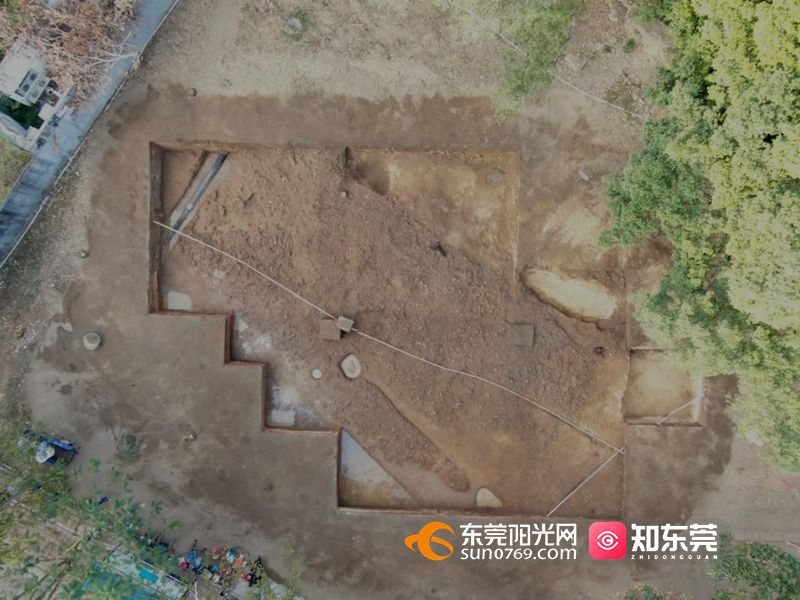

Archaeologists recently discovered a sand dune site in Shajiao Village, Humen Town, Dongguan City, where there are remains of cultural artefacts and signs of activity from the pre-Qin period. With the approval of the National Cultural Heritage Administration, Guangdong Institute of Cultural Relics and Archaeology has been going on archaeology digs at the site from November 2021 to January 2022.
The excavation covers about 300 square meters, and many pottery pieces, stone tools and jade articles were unearthed. It is the first dune type ancient cultural site discovered in Dongguan. Judging from the characteristics and stacking state of the unearthed relics, the site could date back to the late Neolithic Age to Shang Dynasty. It may have been a dumping site of the settlement's production and domestic waste.
As ancient cultural relics with obvious maritime cultural characteristics, the dune site is named for its position, mainly on coastal beaches, sandbanks and sandbars.
Dune ruins are an integral and essential component of the pre-Qin culture in Guangdong. The formation of sand dunes in the Pearl River Delta is closely related to geomorphology development. Around 6,000 years ago, the sea level in the Pearl River Delta reached its current height, forming a modern coastline pattern, and the accumulation of sand dunes gradually developed. During that period, the human groups on the mainland had moved out from the caves and came to the banks for life, leaving behind their cultural relics.
Among the ancient cultural sites discovered in Dongguan, there are mainly shell mound sites and platform sites, such as Haogang Site in Nancheng, Wanfu Temple in Qishi, Longyan'gang in Shipai and Cuntou Village in Humen. This dune site, the first of its kind in Dongguan, and its pottery pieces and finely polished stone tools are of great significance to enriching the types of ancient cultural sites in Dongguan and the connotation of its historical development. It is a further evidence of Dongguan as a vital birthplace of Lingnan civilization.